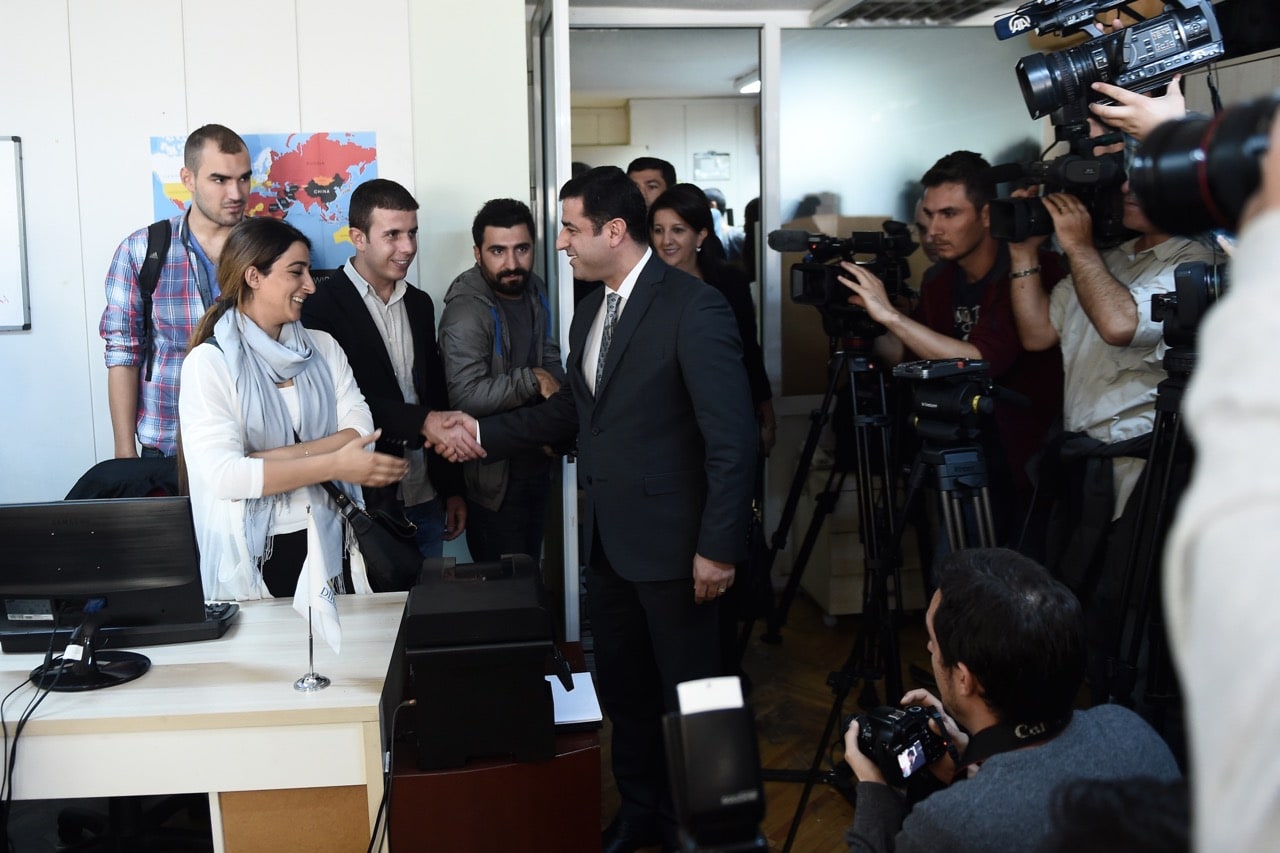UK-based freedom of expression organisation Index on Censorship recorded its 4,000th case of a media freedom violation in 42 countries around Europe since 2014.
This statement was originally published on indexoncensorship.org on 13 March 2018.
UK-based freedom of expression organisation Index on Censorship recorded its 4,000th case of a media freedom violation in 42 countries around Europe on Monday.
Index has been mapping threats to journalists and media organisations in Europe and neighbouring countries since 2014. The map covers a wide range of threats to journalists: from online harassment to changes in the law that hamper the ability of journalists to report freely.
The 4,000th case was the arrest of Turkish journalist Muhammet Doğru, a reporter for Kurdish news agency Dicle, who was given a six-year suspended prison sentence for membership of a “terrorist organisation”. He was also sentenced to an additional two years and three months for spreading propaganda.
Doğru had already served 10 months in pre-trial detention.
Speaking after the hearing, Doğru said he would continue doing his job despite the sentence. “Many colleagues… We will continue to protect the dignity of journalism and fulfil our responsibility,” he said. “These sentences will not scare journalists”.
Although Turkey is often singled out as the worst offender for media freedom in the region, the 4,000 cases reported to the map, which covers 42 countries, in the past four years show that threats to the work of journalists are growing across Europe.
Across Europe – from Finland to Croatia – journalists report receiving threats of violence on a regular basis. In some cases, this is more than a threat. As Times journalist and Index chair David Aaronovitch wrote to Index on Censorship supporters last week, in the past six months alone two EU journalists have been killed for their work: in Malta and in Slovakia.
Index is aiming to raise £15,000 in March for its work mapping threats to media freedom and its work campaigning against attacks on journalists, journalism and the public’s right to be informed.



